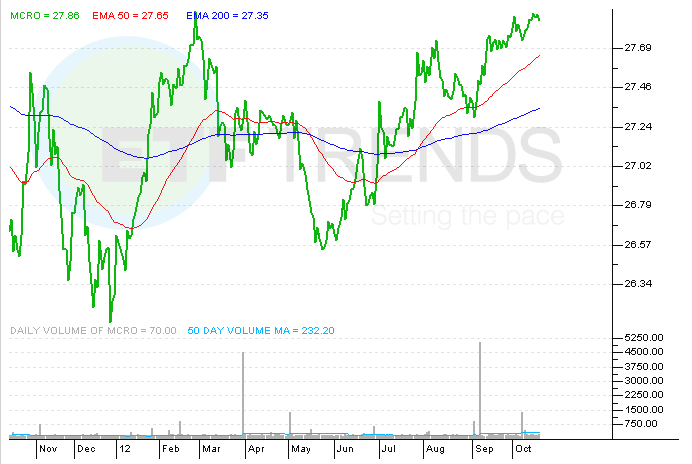A MarketNeutral ETF
Post on: 6 Август, 2015 No Comment

NEW YORK ( TheStreet ) — Index IQ added to its lineup of hedge fund replication ETFs on Oct. 4 with the launch of IQ Hedge Market Neutral Tracker ETF (QMN ).
The new ETF seeks to track, before fees and expenses, the performance of the firm’s own IQ Hedge Market Neutral Index.
QMN does not invest in hedge funds. Instead, it attempts to mimic the performance characteristics of market neutral hedge funds using a fund-of-funds approach with other ETFs.
Market neutral hedge funds typically invest in both long and short positions in multiple asset classes while minimizing exposure to systematic risk.
These strategies seek to have zero beta exposure to one or more systematic risk factors, which could include the overall stock market, economic sectors or industries, market cap, region, or country. In theory, market neutral strategies that effectively neutralize market exposure are not impacted by directional moves in the market.
5 Stocks Set to Soar on Bullish Earnings
Top fund holdings include: Vanguard Short-Term Bond ETF (BSV ) at 26%; iShares Barclays 1-3 Year Treasury Bond (SHY ). 25.1%; Research In Motion (RIMM ) (EFA) 8.2%, Vanguard Total Bond Market ETF (BND ). 8.2%; iShares Barclays Short Term Treasury (SHV ). 7.8%; SPDR Barclays Convertible Securities ETF (CWB ). 7.5%; and iShares Barclays Aggregate Bond (AGG ). 7.4%.
The net expense ratio will vary over time based on the fees of the ETFs in QMN’s portfolio. The current expense ratio of 0.99% has 0.24% designated as acquired fund expenses.
Additional information can be found on the overview page and in the prospectus (pdf).
4 Stocks Making Big-Volume Moves
Analysis/Opinion: The underlying index has one-year and three-year performance figures of 5.25% and 4.03%, respectively and annually as of Sept. 30. Assuming perfect tracking, the fund’s theoretical returns would have been 4.5% and 3.3%, respectively. These are less than the iShares Barclays Aggregate Bond returns of 5.0% and 5.7% for those periods.

No risk data for the underlying index could be found. If you choose to compare these returns to stocks, the SPDR S&P 500 ETF (SPY ) returns for the same periods were 30.1% and 13.1%.
Rather than taking a long/short approach to market neutrality, the underlying index attempts to mimic market neutral characteristics by investing primarily in bond ETFs at this time. The only inverse equity exposure for the index consists of a 1.0% allocation to ProShares UltraShort Russell 2000 (TWM ).
Far from being market neutral, the current asset class exposures are bonds, 77.0% (84.2% if convertibles are included); equities, 11%; hybrids, 7.2%; and currencies 3.0%. There are about 35 products listed in the Alternative Strategy section of the ETF Field Guide.
For the most part, their performance has been underwhelming. However, a full market cycle is necessary for a more objective analysis.
At the time of publication the author had no position in any of the stocks mentioned.
This article was written by an independent contributor, separate from TheStreet’s regular news coverage.














